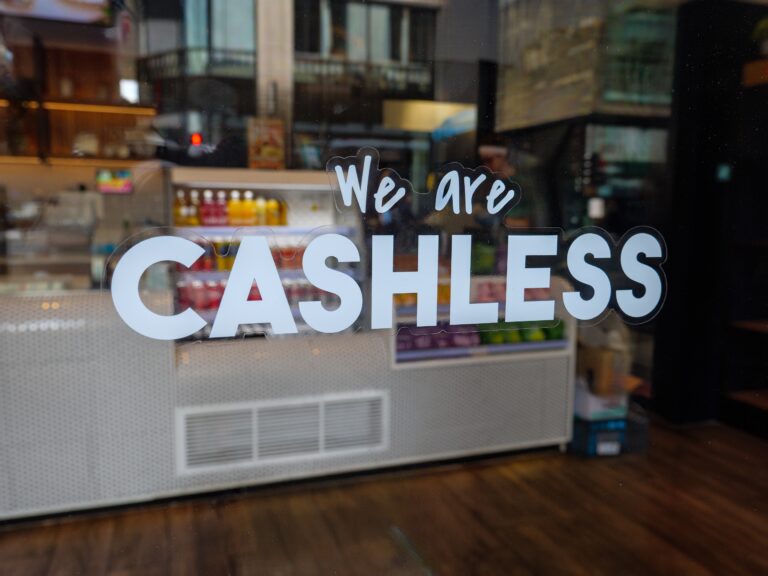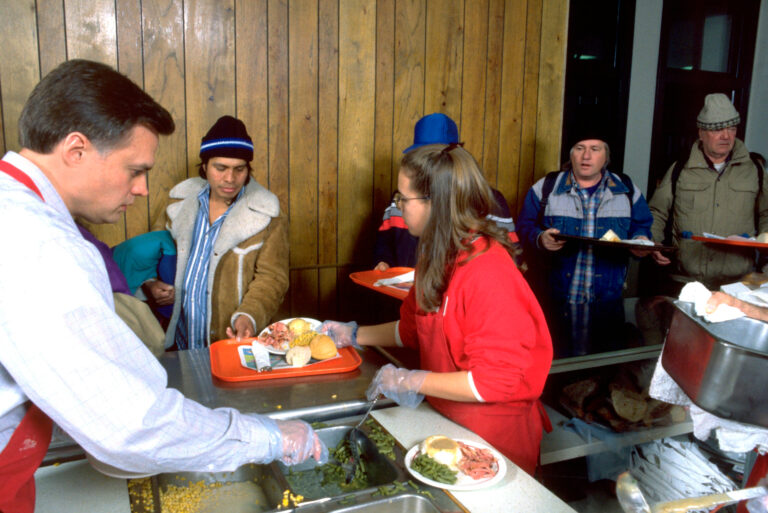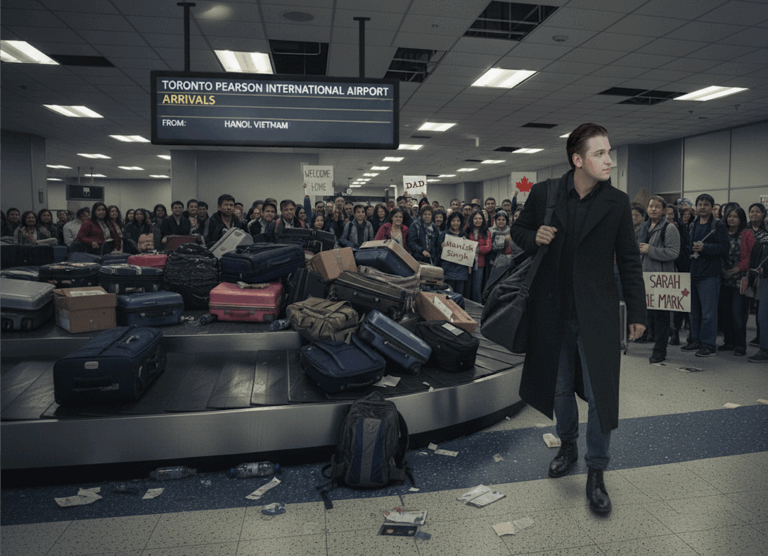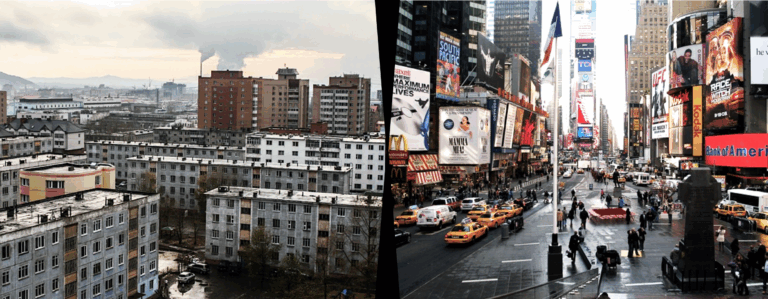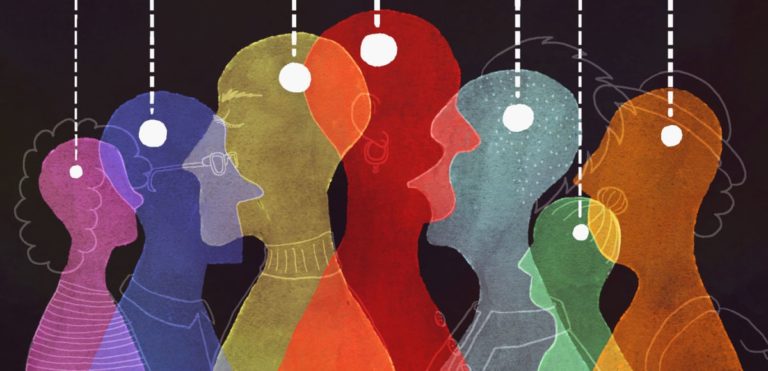For those paying attention to the kerfuffle over Bombardier and the parade of taxpayer cash sent there, only to have that company’s management increase their salaries and self-award future bonuses, a similar corporate welfare controversy has erupted on the opposite side of the country, in Calgary, involving the Calgary Flames.
Last weekend Calgary Flames CEO Ken King offered up the explicit threat that if taxpayers don’t award his professional for-profit sports franchise hundreds of millions of dollars, Flames fans might one day be left without a team to cheer.
That unsubtle hint followed his interview on a local radio station a few days earlier where King did what many sports franchise heads have done in recent decades: frame the case for the squeezing hundreds of millions of dollars out of taxpayers for investment in the cement-laden foundations of a new sports arena, where the major tenant is a private company.
King, commenting on his company’s now-dead arena proposal for Calgary’s west end (to in part replace the Saddledome as the Flames’ home), cast a glance to the possibility of the proposal being revived on the opposite side of the downtown. To that end, King claimed a new, mostly taxpayer-funded multi-purpose sports barn would be “a public facility”.
King tried to frame the ongoing issue – will taxpayers ante up their cash? – as one where “fair-minded people can do fair-minded deals”.
Great promotion – and necessary – when one seeks nine-figure sums from taxpayers: What person cares to be described as “unfair”?
But psychological sophistry and salesmanship aside, let’s discuss that public support and ostensible “fairness”.
Given that the math will likely be similar for any alternate plan, recall the numbers from the Flames’ last proposal to separate taxpayers from their money. In that pitch, $690 million was to come from the public in the form of a new taxpayer levy ($240 million), a facility user fee ($250 million) and via city coffers ($200 million for a new fieldhouse). The Flames, via the Calgary Sports and Entertainment Corp., promised to chip in $200 million.
That proposal listed the $250 million user fee as part of the consortium’s contribution. That was misleading: other private businesses are not given a facility for barely a quarter of the cost plus the right to charge patrons of other businesses in the facility an extra fee – this to pay the major anchor’s rent.
So the essence of the Flames’ pitch to Calgary taxpayers was this: build a brand new facility for the main tenant, a for-profit sports franchise, who would pay just 22.5 per cent of the estimated cost.
Let’s try to do a fair assessment of this call for taxpayers to subsidize the Calgary Flames, whose players collectively earned U.S. $65 million, or about $87 million Canadian, in 2015-16.
A 2008 study from (then) University of Alberta professor Brad Humphreys and University of Maryland professor Dennis Coates put proposed subsidies for such sports teams in sensible context.
The academics analyzed the economic impact of professional sports franchises and taxpayer-financed stadiums, including the peer-reviewed findings from other economists. They did so in pursuit of empirical truth. Happily, their work happens to correlate with the interests of taxpayers.
Humphreys and Coates found that it didn’t matter what city, province or state was examined, or what estimators were used to try and predict “payback” to taxpayers, or what economic modelling and inputs were used, the studies came to the same conclusion: “almost no evidence that professional sports franchises and facilities have a measureable [net positive] economic impact on the economy.”
The reason for that overwhelming conclusion among economists is straightforward. Assuming a sports teams ever leaves a city, a sports fan will not burn the money previously spent on game tickets, nachos and beer; he’ll spend his entertainment dollars elsewhere. That also creates economic activity and tax revenues.
Corporate welfare for sports franchises is no different than other types of crony capitalism. Tellingly, when it comes to taxpayer subsidies for major professional teams or their desired facilities, economists are remarkably unified in their findings and thus their opposition to the practice.
Perhaps that explains why purveyors of public cash for private ends – this rather than finance more modest arenas out of reduced player salaries or owners’ own resources – try desperately to convince the public that the facilities they desire, the ones that would churn out income for their private companies, are “public” and “fair”.
